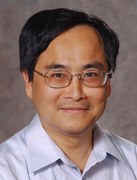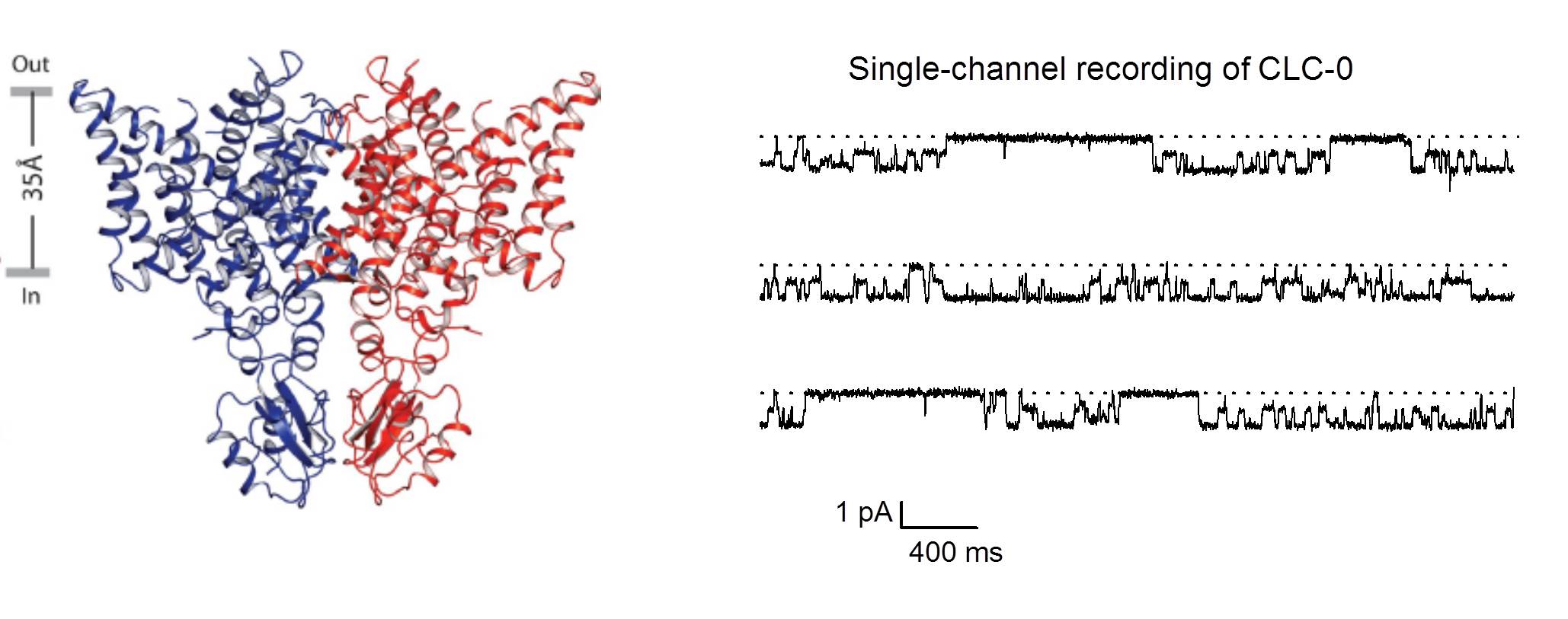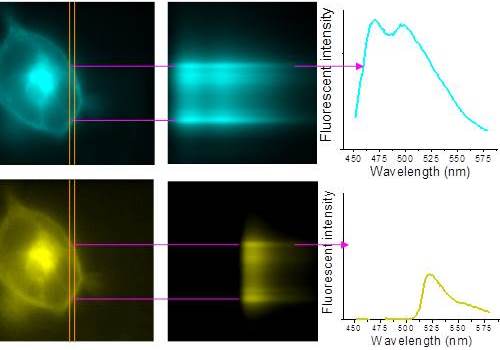Tsung-Yu Chen, M.D., Ph.D.
Brief Biography
 Dr. Chen earned his medical degree at National Yang-Ming University in 1986 in Taiwan and his Ph.D. at Johns Hopkins University Medical School in 1994. He then received postdoctoral training at Brandeis University (1994-1996) and spent 4 years (1996-2000) as teaching faculty at National Yang-Ming University before joining UC Davis in 2001.
Dr. Chen earned his medical degree at National Yang-Ming University in 1986 in Taiwan and his Ph.D. at Johns Hopkins University Medical School in 1994. He then received postdoctoral training at Brandeis University (1994-1996) and spent 4 years (1996-2000) as teaching faculty at National Yang-Ming University before joining UC Davis in 2001.
During his graduate studies at Hopkins, Dr. Chen worked under Professor King-Wai Yau in the Department of Neuroscience. He discovered calmodulin modulation of cyclic nucleotide-gated cation channels critical in visual and olfactory sensory adaptation mechanisms. The discovery opened the field of calmodulin modulation of ion channels.
During his postdoctoral training at Brandeis, Dr. Chen examined the biophysical mechanism of CLC chloride channels. Since then, Dr. Chen has been well known in the field of chloride channels. He received Paul Cranefield award from Society for General Physiologists in 2004. His laboratory currently studies various ion channels, including Torpedo and mammalian CLC chloride channels, cyclic nucleotide gated channels and calcium-activated chloride channels, to name a few.
Dr. Chen is now a Professor in the Department of Neurology and runs an ion channel structural/functional laboratory at the Center for Neuroscience.
Research Overview
Ion channels are membrane proteins that conduct ions across lipid membranes through pores in the channel proteins. These nanomachines control ion homeostasis and therefore are critical for a variety of physiological processes, such as the generation of action potentials, neurotransmitter release and transepithelial fluid secretion.

Understanding the molecular mechanisms of the operation of these transmembrane proteins is a central issue in modern biology. For example, how do ion channels open and close their pores, and how do ion channels select particular ions to pass through their open pores? What will be the consequences if these operations of ion channels are disrupted by genetic mutations, chemicals, or other environmental factors? Finally, how would ion channel functions be modulated by neurotransmitters, hormones and various physiological substances in response to the requirement of maintaining a whole body homeostasis?
Given the critical roles of ion channels in various cellular functions, it is not surprising that malfunctions of ion channels have been implicated in a broad range of diseases, such as epilepsy, cardiac arrhythmia, cystic fibrosis, and various neurological diseases. The term “channelopathy” is thus used to describe these human diseases. The following table lists a few examples of diseases caused by malfunctions of ion channels.

As a investigator with a medical degree, Dr. Chen is interested in applying the knowledge obtained from biophysical studies of ion channels to illuminate the etiology, pathophysiology and therapeutics of diseases caused by channelopathy. The work in Dr. Chen’s laboratory therefore not only focuses on answering fundamental questions of ion channel structures and functions but can shed light on developing therapeutic approaches for diseases.
Research Program Details
Research in Dr. Chen’s laboratory focuses on understanding the structural and functional mechanisms of ion channels. In particular, Dr. Chen has worked on chloride channels for 2 decades. He has been known to be expert in studying one type of chloride channels called CLC channels. The overall structure of CLC channel molecules and the electrophysiological recording of the opening and closing of a CLC-0 channel are shown below.

Another CLC channel studied in Dr. Chen’s laboratory is called CLC-1, which is expressed abundantly in mammalian skeletal muscles. Malfunction of CLC-1 can lead to a hereditary disease called myotonia congenita. One standard approach in Dr. Chen’s lab is to mutate the structure of the channel, often according to disease mutation, and then study the mutational consequence in the channel to understand the molecular pathophysiology of the channelopathy. A recent collaboration of Dr. Chen with two clinical faculty members in the Neurology department has helped elucidate the molecular defect of a myotonia patient cared in the Neurology clinics of UCDMC (Richman et al. Neuromol. Med. 14: 328-337, 2012).
Besides electrophysiological recordings, Dr. Chen also employs biophotonic methods to study the biophysical aspects of ion channel molecules. An example of using fluorescent resonance energy transfer (FRET) between cyan fluorescent protein (CFP) and yellow fluorescent protein (YFP) is shown below. This approach involves measuring the spectra of CFP and YFP, and through analysis of the FRET signal, the distance between two fluorophores can be estimated.

Future Directions
Besides these approaches, Dr. Chen’s laboratory is also exploring new frontiers in the structure and function of other Ion channels, which will shed light into physiology and pathophysiology for human diseases caused by channelopathy.

